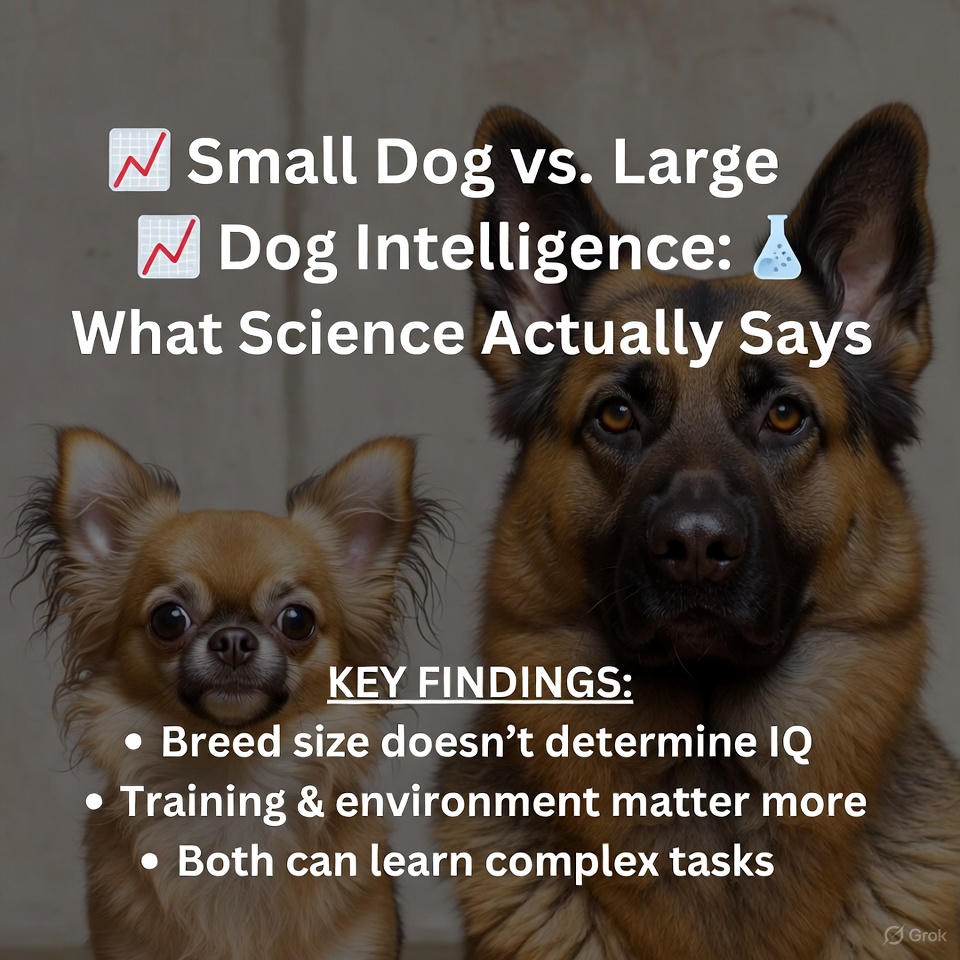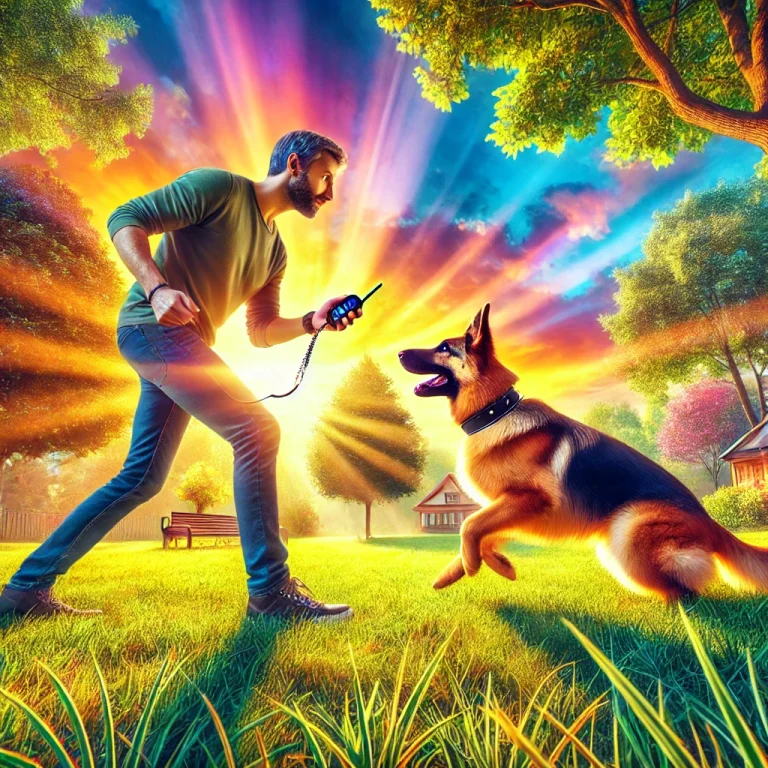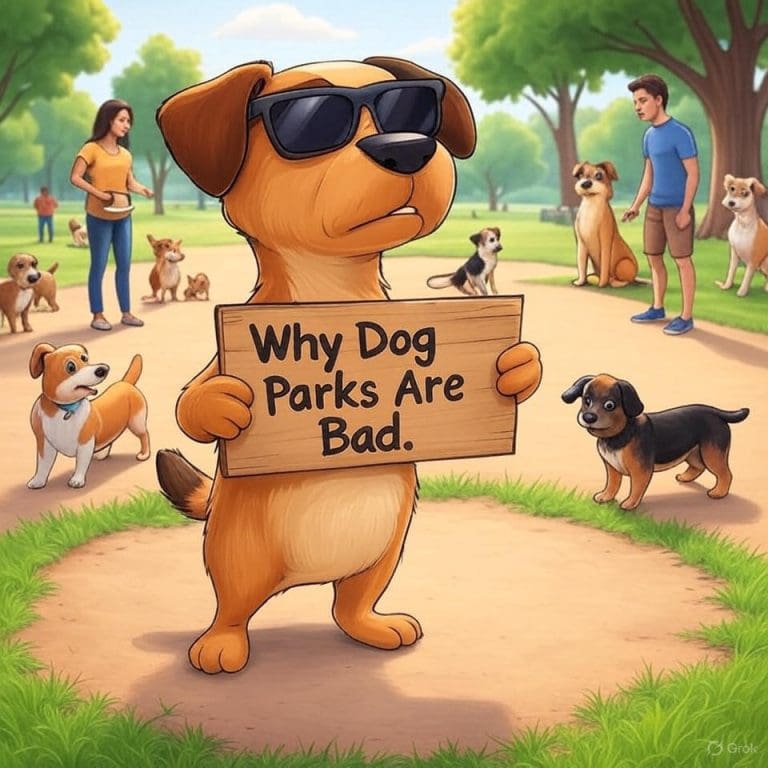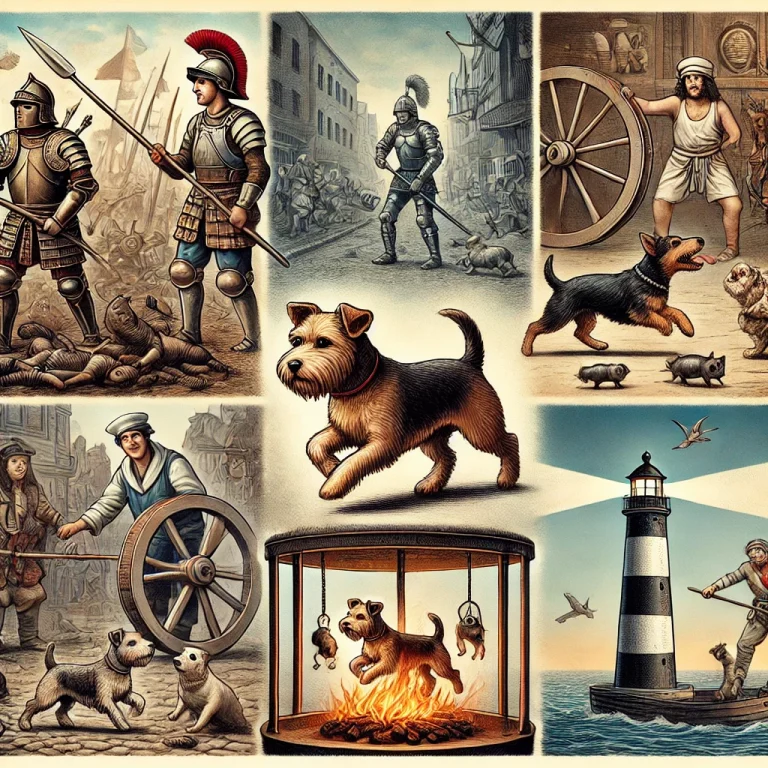Small Dog vs. Large Dog Intelligence: What Science Actually Says
You’ve probably heard it a hundred times: “Small dogs are yappy and dumb; big dogs are smart and easy to train.” Or the opposite: “Little dogs are sneaky-smart and big dogs are just lovable dummies.”
So which is it? We went straight to the peer-reviewed studies (not breeder forums or TikTok) to settle the debate once and for all.
The Landmark Studies on Canine Intelligence
-
The 2009 University of Vienna study (Austria) Researchers tested 45 breeds on “social cognition” – how well dogs understand human pointing, gestures, and intent. Result: No correlation between body size and social intelligence. Small, medium, and large breeds all clustered together.
-
Stanley Coren’s “The Intelligence of Dogs” (1994, updated data still used) Coren ranked 131 breeds by three types of intelligence:
- Instinctive intelligence
- Adaptive intelligence (problem-solving)
- Working/obedience intelligence (how fast they learn commands
Top 10 smartest breeds (working/obedience): Border Collie, Poodle, German Shepherd, Golden Retriever, Doberman, Shetland Sheepdog, Labrador, Papillon (#8), Rottweiler, Australian Cattle Dog. Notice anything? The Papillon – a 6–10 lb toy breed – sits at #8, beating almost every large working breed.
-
The 2016 Eötvös Loránd University (Budapest) study – 90 dogs of different sizes Tested on independent problem-solving (the classic “detour task” around a V-shaped fence to reach food). Result: Smaller dogs solved the task significantly faster than large and giant breeds. Researchers believe small dogs rely more on their own wits because they can’t physically overpower obstacles like big dogs can.
-
The 2019 Family Dog Project (Budapest) – gesture comprehension Small dogs (<20 lbs) followed human pointing gestures to hidden food more accurately than large dogs (>45 lbs). The difference was statistically significant (p < 0.05).
-
The “Brain Size vs. Intelligence” Myth – 2021 meta-analysis (Journal of Comparative Psychology) Larger absolute brain size does NOT equal smarter dog once you control for body mass. Relative brain-to-body ratio is almost identical across sizes. In fact, toy breeds often have slightly higher encephalization quotients than giant breeds.
So Who Wins: Small Dogs or Large Dogs?
Science says: It’s a tie – but for different reasons.
- Large dogs dominate in instinctive intelligence (herding, guarding, retrieving) because they were bred for complex physical jobs.
- Small dogs dominate in adaptive intelligence and human social cognition because they had to outsmart their environment instead of out-muscling it.
Bottom line: A well-bred Chihuahua or Papillon is every bit as “smart” as a German Shepherd or Border Collie – just in different ways.
What This Means for You as an Owner in Georgia
- Stop believing the “small dogs can’t be trained” myth. They can – and they often learn faster.
- Big dog owners: Your dog isn’t “dumb”; he’s just wired to think independently (great for protection work, sometimes stubborn in obedience).
- Training method matters more than size. Clear rules, high-value rewards, and consistency work equally well on a 7-lb Yorkie or a 120-lb Cane Corso.
We train them both every single day here in Georgia, and the results speak for themselves.
Want proof with your own dog? Drop a comment with your dog’s breed and size and I’ll tell you exactly what to expect in training – or just call us and bring them in. Small, large, or anywhere in between, we’ll get them off-leash reliable, guaranteed.







